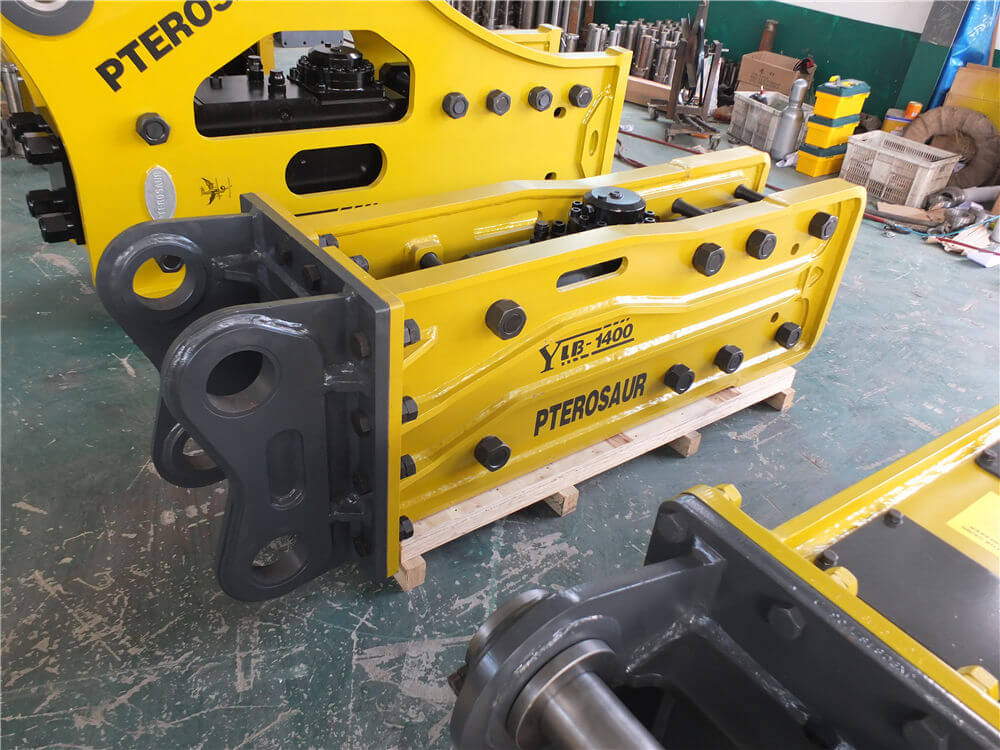Understanding Hydraulic Hammers: Definition, Uses, and Applications
A hydraulic hammer, also known as a hydraulic breaker, is a powerful and essential tool in the construction and demolition industry. Utilizing hydraulic pressure to generate impact energy, this mechanical device operates similarly to a large hammer but with significantly more force. In this article, we will explore what hydraulic hammers are, how they work, their various applications, and some tips for effective usage.
What is a Hydraulic Hammer?
At its core, a hydraulic hammer is designed to break up and demolish hard materials such as concrete, asphalt, and rock. The mechanism of a hydraulic hammer involves the use of hydraulic pressure to drive a piston, which strikes a tool or chisel attached to the hammer, delivering powerful blows to the surface. These hammers are typically mounted on excavators or skid steer loaders, making them versatile and efficient for various construction tasks.
How Does a Hydraulic Hammer Work?
Hydraulic hammers operate based on the principles of hydraulics, where fluids are used to transmit force. The machine consists of several key components:
- Hydraulic System: This includes the pump, reservoir, and valves that control the flow of hydraulic fluid.
- Piston: Driven by hydraulic pressure, it moves within a cylinder to create high-impact energy.
- Tool/Chisel: The part that makes contact with the material being broken, designed to withstand extreme forces.
When the hydraulic fluid is pressurized, it pushes the piston down, which then strikes the tool, producing a powerful impact. This process is repeated rapidly, allowing for efficient demolition of even the toughest materials.
Applications of Hydraulic Hammers
Hydraulic hammers are versatile tools used in various industries, including:
- Demolition: Essential for breaking down buildings and structures, allowing for quick and efficient removal of materials.
- Mining: Used to break rock for mineral extraction, making the process more manageable.
- Landscaping: Helpful in breaking up hard soil or rock for garden installations or landscaping features.
- Construction: Ideal for preparing sites by removing old concrete or asphalt, making way for new constructions.
Advantages of Using Hydraulic Hammers
- Efficiency: Hydraulic hammers can perform tasks much faster than manual methods.
- Power: They deliver a significant amount of force, making them suitable for tough jobs.
- Safety: Using hydraulic hammers can reduce the risk of injury compared to manual demolition techniques.
- Reduced Noise: Compared to pneumatic tools, hydraulic hammers tend to operate more quietly, making them suitable for urban projects.
Tips for Effective Use of Hydraulic Hammers
To ensure optimal performance and longevity of hydraulic hammers, consider the following tips:
- Regular Maintenance: Keep the hydraulic system clean and check for leaks or worn parts to maintain efficiency.
- Choosing the Right Tool: Select the appropriate chisel or tool based on the material being broken to maximize effectiveness.
- Proper Technique: Use the hammer in a controlled manner, applying consistent pressure to avoid damaging the equipment or the surface.
- Safety Gear: Always wear appropriate safety gear, including helmets and ear protection, to safeguard against potential hazards.
Conclusion
Hydraulic hammers are invaluable tools that enhance productivity and safety in demolition and construction projects. By understanding their functionality, various applications, and maintenance needs, operators can significantly improve their efficiency on the job. As the construction industry continues to evolve, hydraulic hammers remain a staple in achieving effective and safe demolition practices.



































